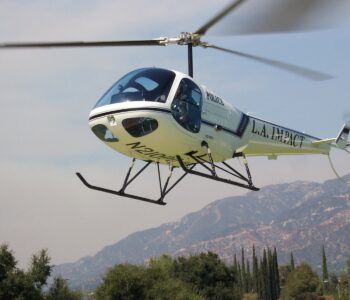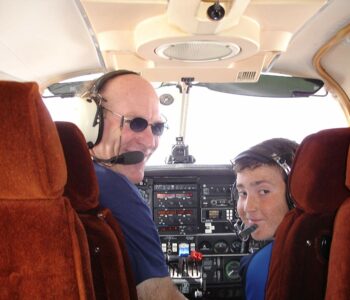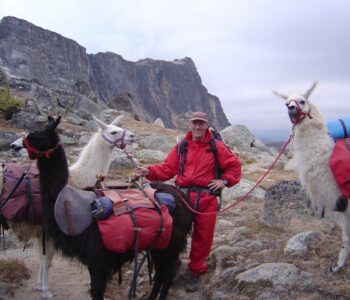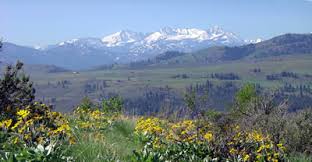
WOLF CANYON RANCH AND O TRILOGY
Wolf Canyon Ranch and the surrounding Pasayten Wilderness play prominent roles in all of RS Perry’s adventure novels. The Pasayten is a real place, and Wolf Canyon Ranch was a real ranch. From 1980 to 2000, it was home to the book’s author, RS Perry. It has since been sold to the Washington State Department of Wildlife and no buildings remain, however the canyon is as beautiful as ever. In Perry’s O trilogy— Off the Edge, Over the Line, Out of Time, and the trilogy’s recently released sequel, Ecuador— Wolf Canyon Ranch (WCR) is the beloved home of protagonists Jim Johnson and Heather Asplund.
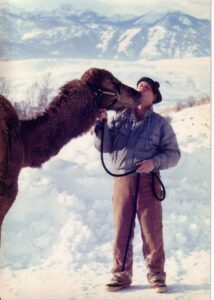 This beautiful area is located on the east side of the Cascade Mountains of Washington State. Three mountain passes will eventually get you to the Methow Valley. Several homes follow the Twisp River as it enters the valley from the Canada border, eventually joining the Columbia River. Other dwellings dot the more remote hillsides, including those near the ranch.
This beautiful area is located on the east side of the Cascade Mountains of Washington State. Three mountain passes will eventually get you to the Methow Valley. Several homes follow the Twisp River as it enters the valley from the Canada border, eventually joining the Columbia River. Other dwellings dot the more remote hillsides, including those near the ranch.
This region is drier than west of the mountains. The north sides of the hills and mountains bear ponderosa pine while the lower elevations of the south sides support a sagebrush ecosystem. In spring, the hills are awash with wildflowers ranging from yellow balsam root to blue lupines. Wolf Canyon Ranch possesses one of the largest groves of aspens in the state. Each year, they turn a mellow yellow in the fall. Scenic roads from the valley lead to hiking trails in the Cascades and the Pasayten Wilderness. For hikers, the land presents a stunning backpacking playground. They can easily encounter here weather both fair and mild as well as cutting and raw.
Above- The author with Sharifa on Wolf Canyon Ranch with the Cascades in the background.
The drive to the Methow Valley is spectacular. The North Cascade Highway, which opened in the fall of 1972, is one of the most dramatic and scenic routes anywhere in the United States. The highway threads through snow-peaked mountains and lush meadows and eventually passes through the small towns of Winthrop and Twisp. The highway then climbs out of the valley toward WCR and crests a small group of mountains to the east. At the crown is found the local ski area called the Loup Loup. All of these places inhabit the O trilogy.
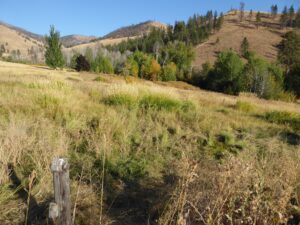 WCR is nestled up a canyon, eight miles from the ranching town of Twisp and nearly as close to the old wild-west town of Winthrop. Remote and untouched, the ranch entertains no human sounds other than that of an occasional plane, woodpecker, and coyote howl. Deer, black bear, and great horned owls are an everyday occurrence. Occasionally a cougar steps into the canyon. Eagles by the dozen drift on the current up and down the canyon. The ranch is an anomaly, situated so close to civilization yet with such a solitary ambience. Not everyone would define Twisp as civilized, but it has everything most people need, from gasoline, groceries, pharmacy, a coffee and donut café, and a brew pub. Of course, if you raise horses, cattle, or llamas, then you will need the Twisp Feed Store. Through the years, Twisp has changed from primarily a ranchers’ town to a blend of cultures and politics. “Coasties, from the Pacific side of the mountains” and environmentalists mix with the descendants of homesteaders. A playhouse and art gallery have even cropped up in town when Wolf Canyon Ranch still had a contingent of llamas, alpacas, horse, cows, reindeer, two dromedary camels, and of course Rosie O Twisp and Guinness, the Irish wolfhounds.
WCR is nestled up a canyon, eight miles from the ranching town of Twisp and nearly as close to the old wild-west town of Winthrop. Remote and untouched, the ranch entertains no human sounds other than that of an occasional plane, woodpecker, and coyote howl. Deer, black bear, and great horned owls are an everyday occurrence. Occasionally a cougar steps into the canyon. Eagles by the dozen drift on the current up and down the canyon. The ranch is an anomaly, situated so close to civilization yet with such a solitary ambience. Not everyone would define Twisp as civilized, but it has everything most people need, from gasoline, groceries, pharmacy, a coffee and donut café, and a brew pub. Of course, if you raise horses, cattle, or llamas, then you will need the Twisp Feed Store. Through the years, Twisp has changed from primarily a ranchers’ town to a blend of cultures and politics. “Coasties, from the Pacific side of the mountains” and environmentalists mix with the descendants of homesteaders. A playhouse and art gallery have even cropped up in town when Wolf Canyon Ranch still had a contingent of llamas, alpacas, horse, cows, reindeer, two dromedary camels, and of course Rosie O Twisp and Guinness, the Irish wolfhounds.
Above – Looking toward Coyote Ridge on upper Wolf Canyon Ranch.
